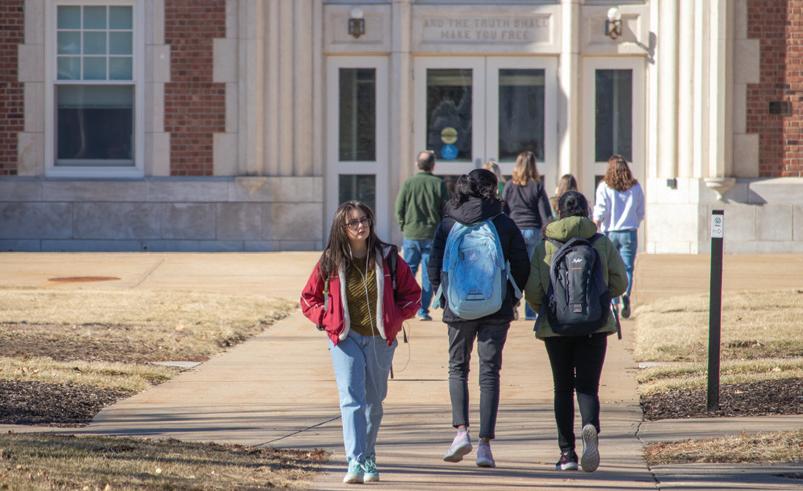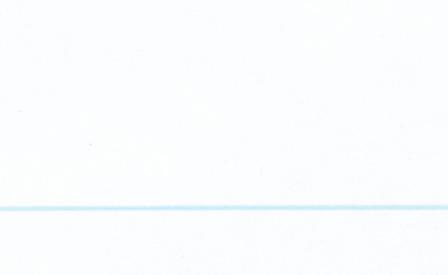
2 minute read
Second-highest enrollment in University history supported by graduate students
Northwest’s spring census showed the second-highest enrollment in University history, despite a decrease in undergraduate enrollment, due to record graduate enrollment.
This semester, Northwest’s headcount has increased to 7,923, which is nearly 10% higher than it was a year ago. It was also seen last spring that nearly 36% of overall headcount was made up of graduate students. This spring, Northwest has over 800 more graduate students than the previous year, and they make up 43% of the 7,923 headcount.
Advertisement
Associate Provost of Graduate and Professional Studies
Greg Haddock said when looking across many institutions, there is a decrease in enrollment when looking from the fall to spring semester. Northwest, however, is not seeing the same trends.
In fall 2018, there were just over 1,000 graduate students and now there are just over 3,400 students from all over the country. Haddock said the Graduate Office is working on finding new faculty to handle the increase in numbers within programs.
“The academic units that are seeing more graduate, especially graduate online, are seeing an opportunity to reach out for more adjunct faculty instruction,” Haddock said. “So they're having to track a lot more sections and classes.”
While the graduate programs continue to prosper, Northwest undergraduate enrollment seems to be impacted by the smaller pool of students choosing to have a traditional in-person experience of college.
There was a 2% dip in undergraduate students from last spring to this spring despite a 7% increase in first-time freshman enrollment. Northwest’s retention rate went from 91.6% to 88% this semester.
With the demographics and preferences of students changing across the country, Director of Academic Success and Retention Allison Hoffmann said she and her team are working to predict what incoming students are going to want out of their experience in higher education.
“This is the million dollar question for all enrollment managers, not only across the state in the region, but really the country, is constantly trying to evaluate what's working, what's not working, what new things we need to put into the mix,” Hoffmann said. “I definitely think that student preferences have shifted some as have all of our consumer preferences, post COVID and post pandemic.”
With the decrease in undergraduate enrollment, many factors of the University are impacted, one of the biggest being the overall budgets the institution uses. Hoffmann said all of the numbers that were seen in this census weren’t a surprise, and she recognizes that the overall budget is impacted by the enrollment numbers seen every term.
“As part of our enrollment council we have, we have a member of the finance team that sits in on all of our meetings so that they're constantly aware of what's happening from a production standpoint,” Hoffmann said. “(They) can be working behind the scenes, you know, they're just trying to think about what is the impact of that? So we definitely are in sync in terms of working together on that.”


International student enrollment increased to 822 students, making up around 10% of Northwest’s population. These students hail from 36 countries, with the majority coming from India, Nigeria and Nepal.
Hoffmann said her office, as well as others, have been working on new ways to attract students and keep them all the way down to the marketing tactics used.

“What we do for a first time, traditional 18-year-old freshman looks a little different than what we do for a transfer student that's maybe, you know, at a community college or even different than that, if they're an adult learner who's looking for the quickest route to degree,” she said. “So we have to really think about our messaging and the strategies that we deploy in order to recruit different segments, so it's definitely not a one size fits all approach.”











